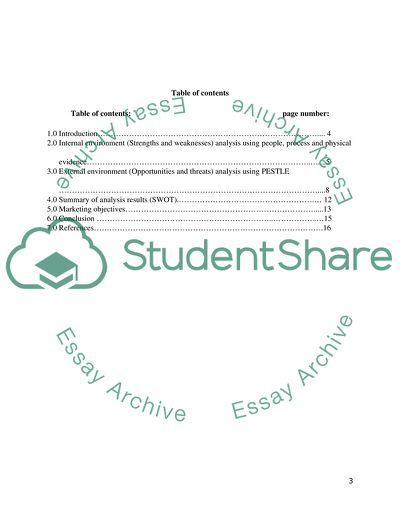Cite this document
(“Marketing Audit and set Marketing Objectives for Holiday Inn Essay”, n.d.)
Marketing Audit and set Marketing Objectives for Holiday Inn Essay. Retrieved from https://studentshare.org/marketing/1662541-marketing-audit-and-set-marketing-objectives-for-holiday-inn
Marketing Audit and set Marketing Objectives for Holiday Inn Essay. Retrieved from https://studentshare.org/marketing/1662541-marketing-audit-and-set-marketing-objectives-for-holiday-inn
(Marketing Audit and Set Marketing Objectives for Holiday Inn Essay)
Marketing Audit and Set Marketing Objectives for Holiday Inn Essay. https://studentshare.org/marketing/1662541-marketing-audit-and-set-marketing-objectives-for-holiday-inn.
Marketing Audit and Set Marketing Objectives for Holiday Inn Essay. https://studentshare.org/marketing/1662541-marketing-audit-and-set-marketing-objectives-for-holiday-inn.
“Marketing Audit and Set Marketing Objectives for Holiday Inn Essay”, n.d. https://studentshare.org/marketing/1662541-marketing-audit-and-set-marketing-objectives-for-holiday-inn.


